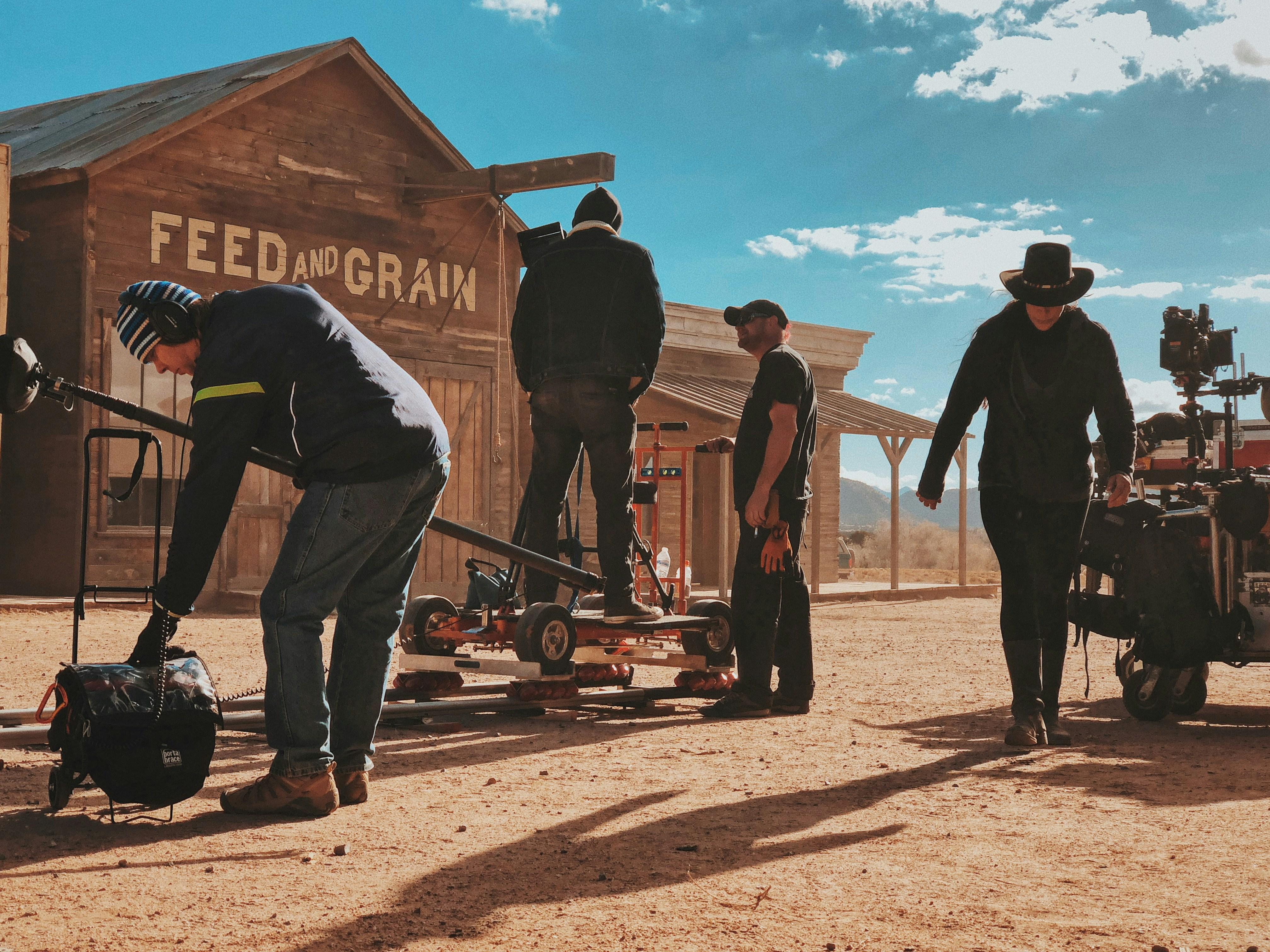In the intricate dance of cinema, pacing serves as the heartbeat, orchestrating the rhythm that guides viewers through a film’s narrative landscape. Just as a maestro wields a baton to elicit emotion from an orchestra, an editor crafts the tempo, seamlessly weaving scenes to captivate and engage. From the subtle tension of a lingering shot to the rapid crescendo of a chase, pacing is the silent storyteller, shaping how audiences perceive and connect with the unfolding tale. This article delves into the art of managing pacing through film editing techniques, exploring best practices that transform raw footage into a symphony of visual storytelling. Join us as we uncover the tools and strategies that empower editors to master the flow of cinematic time.
Crafting Rhythmic Narratives: The Art of Timing
In the realm of film editing, mastering the art of timing is crucial for creating an engaging narrative. Pacing plays a pivotal role in guiding the audience’s emotional journey, maintaining their interest, and enhancing the story’s impact. By strategically manipulating the rhythm of scenes, editors can evoke suspense, drama, or tranquility. Key techniques include:
- Cutting on Action: This technique involves transitioning between shots while the subject is still in motion, creating a seamless flow that maintains the story’s momentum.
- Montage Sequences: A series of short shots edited together to condense time and convey information quickly, often used to depict character development or passage of time.
- Cross-Cutting: Alternating between two or more scenes happening simultaneously to build tension or highlight contrasts.
- Holding a Shot: Sometimes, the most powerful statement comes from letting a scene breathe, allowing emotions to resonate with the audience.
Tempo and rhythm can be further manipulated through the use of music and sound design, adding layers to the narrative’s emotional depth. By understanding these techniques, editors can craft rhythmic narratives that captivate and move audiences, transforming raw footage into a compelling cinematic experience.

Harnessing Momentum: Techniques to Propel Story Flow
In the art of film editing, maintaining a dynamic flow is essential to keeping audiences engaged. One effective technique is to utilize rhythmic cuts, where the timing of each cut aligns with the emotional beats of the scene. This method not only supports the narrative but also amplifies tension and excitement. Another strategy involves cross-cutting, which interweaves multiple storylines, allowing viewers to experience simultaneous events, heightening suspense and narrative depth.
- Montage sequences: Employ these to condense time, showing a progression of events that drive the plot forward swiftly.
- Match cuts: Seamlessly transition between scenes by matching visual elements, creating a sense of continuity and coherence.
- Jump cuts: Use these to convey urgency or disorientation, breaking the flow deliberately to jolt the viewer’s attention.
By mastering these techniques, editors can effectively manage pacing, ensuring that each moment serves the overarching narrative while keeping the audience on the edge of their seats.

Balancing Tension and Release: Editing for Emotional Impact
Creating a rhythm that captivates viewers requires a delicate dance between tension and release. Editors often use cross-cutting to weave parallel storylines, generating suspense and anticipation. By interspersing scenes of high intensity with moments of calm, editors can maintain viewer engagement while giving audiences a chance to process emotional peaks. For instance, following a fast-paced chase with a reflective character moment allows viewers to breathe, enhancing the impact of both scenes.
Another technique is the strategic use of jump cuts and long takes. Jump cuts can inject urgency and disorientation, ideal for scenes demanding high energy. Conversely, a long take can immerse viewers in a character’s emotional journey, allowing tension to build organically. Editors can also play with sound design—using silence or a subtle soundtrack to underscore emotional beats, guiding viewers through a nuanced emotional landscape. These techniques, when combined thoughtfully, create a powerful ebb and flow that enhances the narrative’s emotional impact.

Synchronizing Sight and Sound: Elevating Pace with Audio Cues
In the realm of film editing, the harmonious interplay between visual elements and audio cues is pivotal in crafting a compelling narrative pace. Audio cues act as invisible hands, guiding the audience’s emotional and cognitive journey. By strategically aligning sound effects, music, and dialogue with visual transitions, editors can create a rhythm that resonates with the viewer.
- Dynamic Soundscapes: Utilize crescendos or silence to amplify tension or provide relief, synchronizing these shifts with pivotal visual moments.
- Musical Beats: Match cuts and transitions with the tempo of the soundtrack to maintain a fluid narrative flow.
- Dialogue Rhythm: Edit conversations with an ear for natural cadence, allowing pauses and overlaps to enhance realism and pacing.
Implementing these audio-visual techniques not only enhances engagement but also subtly influences the audience’s perception of time, making scenes feel faster or slower as intended. This meticulous synchronization is an art form, transforming mere sequences into a cohesive and immersive experience.

